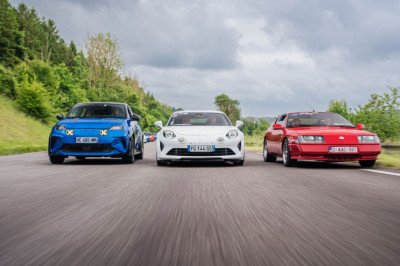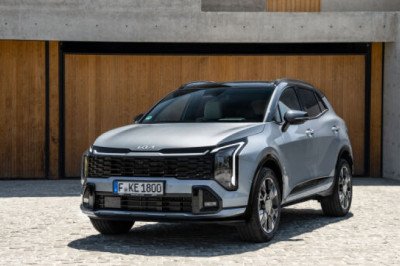
Fifteen or so high school students gather around as the teacher demonstrates how to wire up a turn signal on a battered 1951 Chevrolet Deluxe sedan. The top of the wheeled tool cart is a jumble of bulbs, wire cutters, and solder. The rest of the two-bay shop isn’t any less crowded. The sedan is in good company, joined by a 1961 Pontiac Tempest, a Chevy Pickup, and assorted parts like engine blocks and differentials taking up any and all available flat surfaces.
If you went to high school during the 1960s or ’70s, this scene probably sounds familiar, even mundane. Yet instruction in the trades, now known as Career and Technical Education (CTE), has become astonishingly rare: According to a 2019 survey of 2.5 million public high school graduates conducted by the U.S. Department of Education, only 2.4 percent of students took at least 2 CTE credits for mechanical repair and operation.
That’s what makes Arsenal Technical High School, located just east of downtown Indianapolis, quite special. The 76-acre campus was a former Civil War–era arsenal from 1864 to 1903 and has served as a public high school since 1912. It has offered its automotive repair classes for three decades, but in recent years, its free vocational training has become particularly popular, attracting applicants from across the Indianapolis area.
“The program has become one of the most sought-after pathways among our students, reflecting its success and relevance in today’s job market,” said Arsenal Career Academy coordinator Charonda Woods.
The program has gotten some attention and—more important—funding beyond Indianapolis. In particular, NASCAR champion Jimmie Johnson recently partnered with auto retailer Carvana to donate $4000, new lifts, and other shop equipment to the school. That may not sound like a lot, but it helped the school purchase the 1951 Chevy Deluxe and pay for some supplies, like wiring. The students also got an invite to Indianapolis Motor Speedway (about a 20-minute drive across town) to watch the Brickyard 400 and meet Johnson.
For a program that explicitly aims to position kids to work in the modern automotive world, the old cars in the shop without fuel injection, antilock brakes, and infotainment screens may seem like an anomaly. But instructor Dennis Bailey says it’s the perfect starting point. “If you’re going to teach how to work on an electrical system, a circuit is a circuit,” he explained. “That’s why we went old, because it’s simpler; it’s easy for most of them [the students] to grasp. They start thinking relays, modules, computers. They get scared and don’t want to touch anything.” Bailey’s gray ZZ Top beard hints at his experience in the field—he’s been working with cars for 31 years, with eight of those as a teacher at Arsenal.
Every day, Bailey sees three groups of students for about 80 minutes a period. The curriculum is a 50/50 mix of hands-on learning and theory in the classroom. Bailey’s approach is a patient one. Like any good teacher, he has a solid rapport with his students and is willing to spend the time to make sure they get it right, even if that might require a couple of tries—as was evident during my visit when they were told to splice and solder the Chevy’s turn signal wiring.
The obvious tangible benefit of the program is that it puts students on a fast track to a solid career. The Bureau of Labor Statistics forecasts that the nation will need more than 67,000 automotive technicians each year until at least 2033, which represents a projected annual job growth of 3 percent as a national average.
But even students who don’t necessarily plan to go into the automotive sector see the benefit. “I believe that I should develop a skill set that can help me further in life,” said Miguel Sanchez, a senior at Arsenal. “You can help yourself, help your family, start a side hustle.”
Even with the help from Carvana and Johnson, Arsenal’s budget—like city schools across the country—remains tight. “Right now, I’m working on the funding to take that [spare Chevrolet engine] to the machine shop. And by working on the funding, I mean checking with my wife if she’s OK with it,” quipped Bailey.
Despite those challenges, Arsenal’s automotive program is not only surviving but growing—since Bailey joined, the program’s yearly enrollment has increased from 60 students to over 180. Call it a small but encouraging sign that old-school shop class has a clear role in 21st-century education.
***
This story first appeared in the May/June 2025 issue of Hagerty Drivers Club magazine. Join the club to receive our award-winning magazine and enjoy insider access to automotive events, discounts, roadside assistance, and more.
It would be really nice if a local machine shop would step up and donate some time to help with these projects – they could also schedule a student day to allow the students to actually watch the machine work being done.















Facebook Conversations